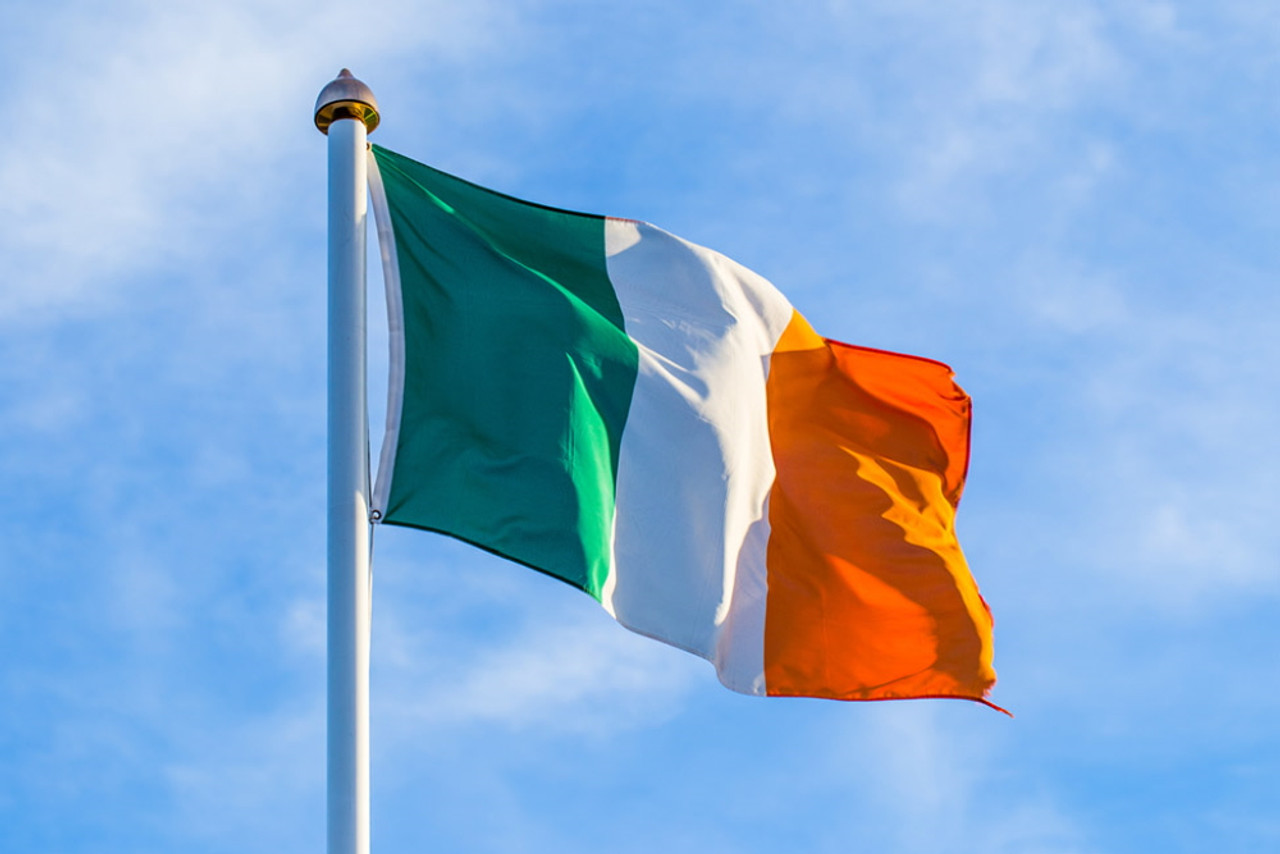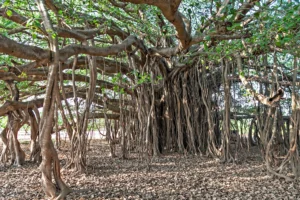Tree Removal Ireland: Laws, Permits, Applications & Costs
Trees are an essential part of Ireland’s natural heritage, contributing to the country’s distinctive landscape while providing numerous environmental benefits. However, there are situations when tree removal becomes necessary—whether due to disease, safety concerns, or development projects. If you’re considering removing trees in Ireland, understanding the legal requirements, application processes, and associated costs is crucial to ensure compliance and avoid potential penalties.
Understanding Irish Tree Protection Laws
Ireland takes tree preservation seriously, implementing comprehensive legislation to protect its arboreal resources. The primary legal frameworks governing tree removal include the Forestry Act 2014, Planning and Development Acts, and local Tree Preservation Orders (TPOs).
The Forestry Act 2014
The Forestry Act 2014 represents Ireland’s most significant legislation concerning tree felling. Under this act, you generally need a felling license before removing any tree, with certain exceptions. This requirement applies regardless of whether the tree stands in an urban garden or rural woodland.
The Department of Agriculture, Food and the Marine (DAFM) oversees felling licenses through the Forestry Service. Their website provides comprehensive information about current regulations: Department of Agriculture, Food and the Marine.
The law aims to balance environmental protection with practical considerations, recognizing that sometimes tree removal is unavoidable.
Tree Preservation Orders (TPOs)
Local authorities can issue Tree Preservation Orders to protect specific trees, groups of trees, or woodlands considered of particular importance to the local environment. When a TPO is in place, you must obtain permission from the local council before undertaking any work on protected trees.
TPOs can cover trees of any species, size, or location if they’re deemed to have significant amenity value. If you remove or damage a tree protected by a TPO without permission, you could face substantial fines and potential prosecution.
Planning Regulations
Trees in areas under planning applications or with planning conditions attached may have additional protection. Before removing such trees, you should consult with your local planning authority to determine whether specific permissions are required beyond standard felling licenses.
In conservation areas, particularly stringent controls apply. These areas often represent locations of special architectural or historical interest, where tree preservation plays a crucial role in maintaining environmental character.
Exemptions from Felling License Requirements
Not all tree removal activities require licenses. Understanding these exemptions can save you time and resources if your situation qualifies:
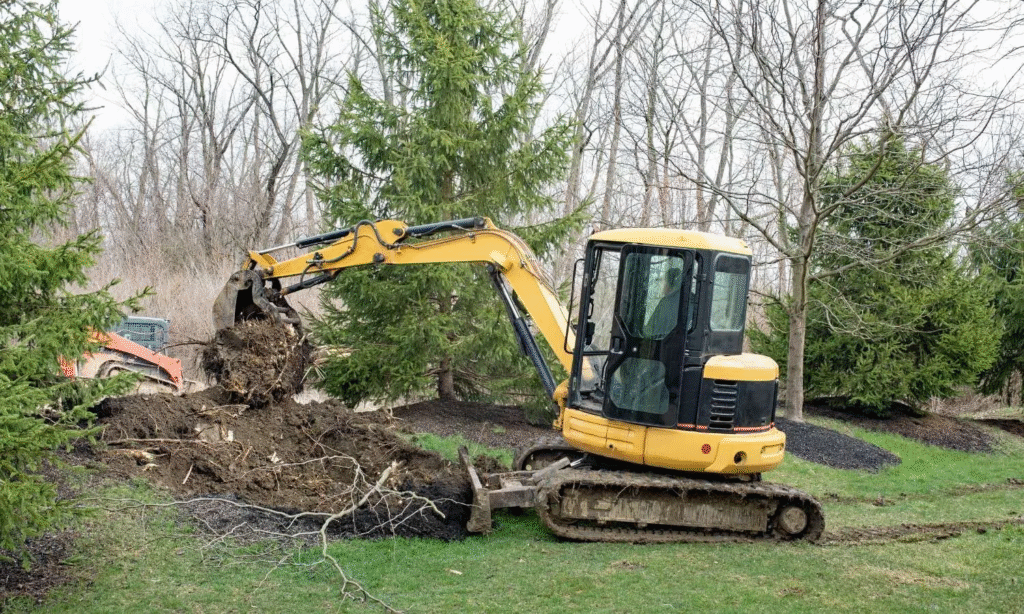
Size-Based Exemptions
Trees with a diameter of less than 20 centimeters measured at a height of 1.3 meters from the ground (known as “diameter at breast height” or DBH) generally don’t require a license for removal. However, this exemption doesn’t apply if the tree is part of a woodland or covered by a TPO.
Location-Based Exemptions
Trees within the curtilage of a house (the area of land immediately surrounding a dwelling, including gardens and driveways) may be exempt from licensing requirements, provided they’re not subject to conditions from planning permission or protected by a TPO.
Safety Exemptions
Trees presenting an immediate danger to people or property can be removed without prior authorization in emergency situations. However, you should document the hazard thoroughly before removal and notify the relevant authorities afterward, providing evidence of the safety risk.
Development Exemptions
Trees being removed as part of a development with planning permission that explicitly permits their removal don’t require separate felling licenses. The planning permission effectively incorporates approval for the necessary tree removal.
Applying for a Tree Felling License
If your proposed tree removal doesn’t qualify for an exemption, you’ll need to apply for a felling license. The process involves several steps:
Application Requirements
A complete felling license application typically requires:
- A detailed application form
- Maps showing the location of trees to be felled
- A harvest plan for commercial forestry operations
- Environmental information where relevant
- Application fee (if applicable)
Application Process Timeline
The standard timeframe for processing felling license applications varies depending on complexity, but typically:
| Application Type | Average Processing Time | Public Consultation Period | Appeals Period |
|---|---|---|---|
| Standard Individual | 4-8 weeks | 30 days | 28 days |
| General Forest | 8-12 weeks | 30 days | 28 days |
| Natura 2000 Sites | 12+ weeks | 30 days | 28 days |
Applications involving sensitive sites, particularly those in or near Natura 2000 sites (Special Areas of Conservation or Special Protection Areas), undergo additional scrutiny and may require an Appropriate Assessment under the EU Habitats Directive.
Public Consultation
All felling license applications undergo a public consultation process where interested parties can submit comments or objections. The Forestry Service publishes applications on its website, and neighbors or environmental groups may provide input during the consultation period.
This transparency ensures community interests are considered before tree removal approvals are granted. You should factor this consultation period into your project timeline.
Appealing Decisions
If your application is denied, you have the right to appeal to the Forestry Appeals Committee (FAC), an independent body that reviews contested decisions. Appeals must be lodged within 28 days of the decision notification.
Tree Removal Costs in Ireland
The cost of tree removal in Ireland varies significantly based on multiple factors, including tree size, location, accessibility, and whether special permissions are required.
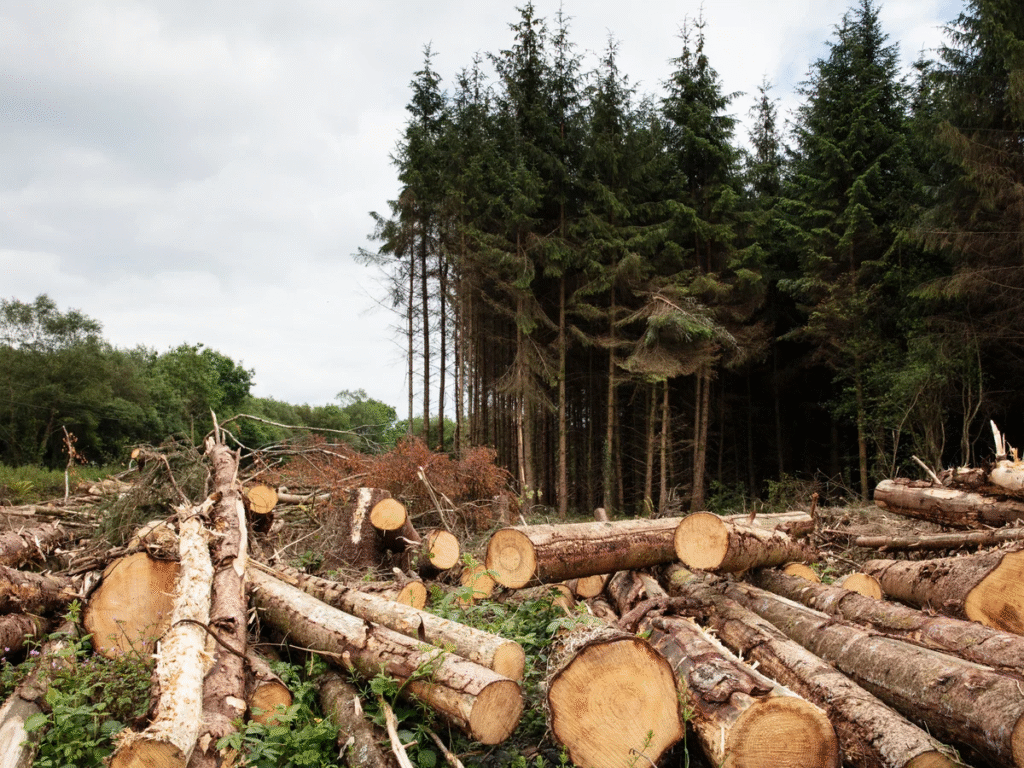
Professional Arborist Services
For safety and compliance reasons, hiring professional arborists is strongly recommended for all but the smallest tree removal projects. Professional services typically include:
- Initial consultation and assessment
- Obtaining necessary permissions
- Safe removal techniques
- Disposal of waste material
- Site cleanup
Qualified arborists carry appropriate insurance coverage and understand safety protocols, reducing liability risks for property owners.
Cost Factors
Tree removal pricing depends on various considerations:
Tree Size
Larger trees require more time, equipment, and labor to remove safely. As a general guideline:
- Small trees (under 20 feet): €200-€400
- Medium trees (20-40 feet): €400-€800
- Large trees (40-60 feet): €800-€1,500
- Very large trees (60+ feet): €1,500-€3,000+
Accessibility
Trees in difficult-to-access locations—such as those between buildings, near power lines, or with limited equipment access—cost significantly more to remove due to the additional complications.
Additional Services
Consider whether your quote includes:
- Stump removal (typically an additional €100-€300)
- Wood chipping or removal
- Root system management
- Replanting services (if required by permit conditions)
Grant Programs
In certain circumstances, grant programs may be available to offset tree management costs, particularly for woodland owners or those engaged in forestry. The Forestry Service offers various schemes supporting sustainable forest management, which may include elements of tree removal where appropriate for forest health.
Environmental Considerations and Mitigation Measures
When removing trees in Ireland, environmental impact mitigation is often required as part of the approval process.
Replacement Planting
Felling licenses frequently include conditions requiring replacement planting to maintain ecological balance. These conditions typically specify:
- Number and species of replacement trees
- Planting locations
- Timeline for completion
- Management requirements for new plantings
The “plant more than you remove” principle often applies, with larger or more environmentally significant tree removals requiring proportionally greater replacement planting.
Wildlife Protection
Irish wildlife law protects nesting birds and other species that might inhabit trees. Before removal, trees should be inspected for:
- Active bird nests (particularly during breeding season from March to August)
- Bat roosts (protected year-round)
- Other protected wildlife habitats
If protected species are present, tree work may need to be postponed or conducted under specific license conditions to prevent harm.
Seasonal Considerations
Tree removal timing is important for both wildlife protection and site impact. Winter removal (November-February) generally causes less environmental disruption because:
- Birds aren’t typically nesting
- Ground conditions may be firmer, reducing soil damage
- Trees are dormant, minimizing disease spread
However, bat surveys might be required year-round if there’s potential for roosting.
Special Cases: Heritage Trees and Protected Areas
Ireland’s heritage trees and trees in protected landscapes require additional considerations beyond standard regulations.
Heritage Trees
Trees with particular historical, cultural, or botanical significance may qualify as heritage trees. These specimens often receive additional protection through:
- Tree Preservation Orders
- Inclusion in heritage registers
- Special mention in local development plans
Removing heritage trees typically requires compelling justification and extensive consultation with heritage officers and conservation specialists.
Protected Landscapes
Trees within or adjacent to specially designated areas face heightened scrutiny during removal applications:
- National Parks
- Special Areas of Conservation (SACs)
- Special Protection Areas (SPAs)
- Natural Heritage Areas (NHAs)
- Areas of Outstanding Natural Beauty
In these locations, the ecological impact assessment becomes particularly detailed, and approval thresholds are significantly higher.
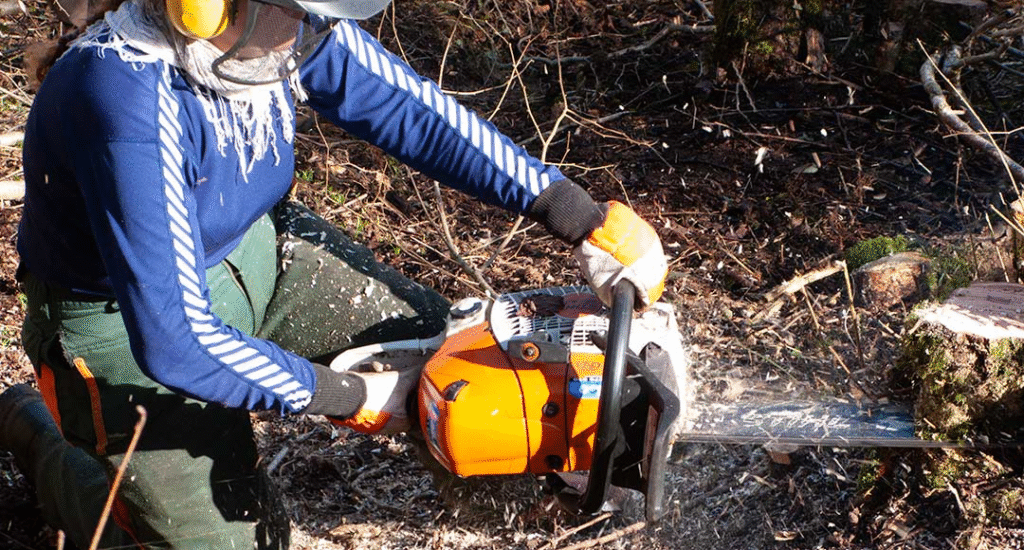
Best Practices for Responsible Tree Management
Whether you’re removing trees due to necessity or managing a woodland property, following best practices ensures compliance and environmental responsibility.
Professional Assessment
Before deciding on tree removal, consider consulting an independent arborist to assess:
- Tree health and structural integrity
- Treatment options for diseased trees
- Pruning alternatives to complete removal
- Safety risks and mitigation strategies
This assessment provides valuable documentation to support permit applications if removal proves necessary.
Documentation and Record-Keeping
Maintain thorough records throughout the tree removal process:
- Photographs before, during, and after removal
- Copies of all applications and permits
- Correspondence with authorities
- Arborist reports and recommendations
- Evidence of compliance with conditions
These records protect you if questions arise about the legality of tree work performed on your property.
Community Engagement
For significant tree removal projects, particularly in urban or suburban settings, proactive communication with neighbors and community members helps build understanding and reduce opposition:
- Explain the necessity for removal
- Share professional assessments supporting the decision
- Outline replacement planting plans
- Address concerns transparently
This approach frequently prevents objections during formal consultation periods.
Conclusion
Tree removal in Ireland operates within a complex regulatory framework designed to protect the country’s natural heritage while accommodating legitimate needs for tree management. By understanding the legal requirements, following proper application procedures, and budgeting appropriately for professional services, you can navigate this process successfully.
Remember that trees represent a valuable natural resource, and their removal should be approached with careful consideration. When removal becomes necessary, ensuring compliance with all relevant regulations not only avoids potential penalties but also contributes to sustainable environmental management.
For the most current information on tree removal regulations, always consult the Department of Agriculture, Food and the Marine’s Forestry Service website or speak with your local authority’s planning department. Professional arborists certified by organizations like the Arboricultural Association can also provide valuable guidance specific to your situation.
